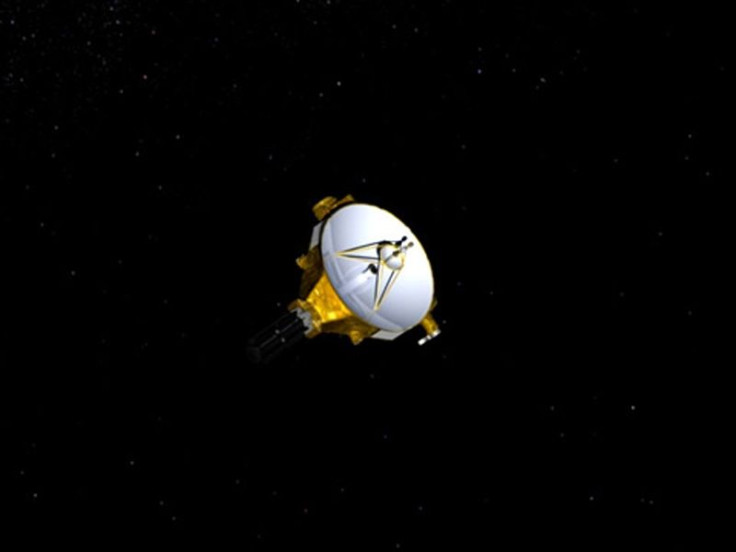NASA To Take Photos Of Pluto In Preparation For July Encounter

NASA’s New Horizon’s spacecraft has been travelling toward Pluto for the past nine years covering so far 5 billion kilometres. It still has 200 million kilometres to go to get close to the planet by July.
However, the spacecraft would start to take photographs of Pluto since whatever images it can take would help NASA realign the probe for a momentary fly-by.
After repeatedly taking photos, “We then perform a number of correction manoeuvres to realign our trajectory with the reference trajectory, thus ensuring we hit our aim point to travel through the Pluto system,” BBC quotes Mark Holdridge from Applied Science Laboratory of the John Hopkins University.
Since the spacecraft has seven different instruments to capture the data, the crew would need to work at different distances, making it necessary for the team to construct a very elaborate observation schedule.
He said initial corrections would begin in March.
For the fly-by to happen, New Horizons must barrel straight through rather than going into orbit around Pluto, which is not possible, since the planet will be moving so fast at 14 kilometres per second.
It is expected to take place on July 14 at 11:50 GMT, with the spacecraft only 13,695 kilometres away from Pluto’s surface. Mission planners are nailing the exact timings to within 100 seconds to know when and where to point their instruments of data capture.
NASA had previously sent robotic probes to the other 7 planets, including the farther ones such as Uranus and Neptune. The Pluto probe would complete the nine planets, although in 2006, scientists downgrade Pluto – which is only 2,300 kilometres wide and covered with ice – to a dwarf planet.
After the Pluto encounter, NASA’s next mission is to go beyond and targets the Kuiper Belt, an icy domain beyond the main planets, which scientists believe has thousands of objects similar to Pluto.
To contact the writer, email: v.hernandez@ibtimes.com.au





















